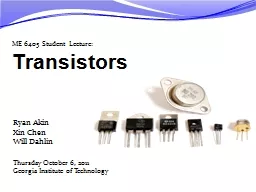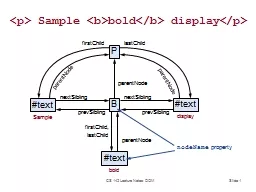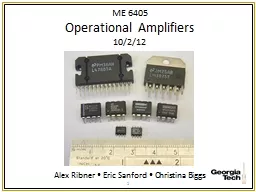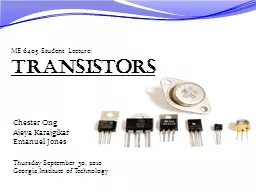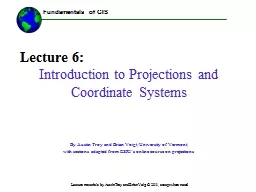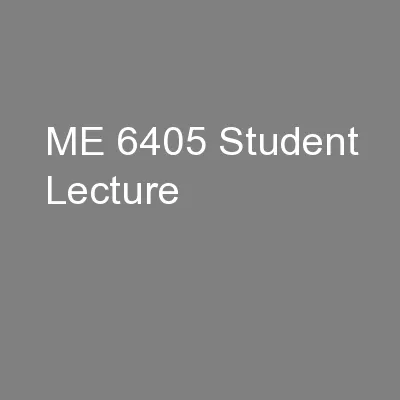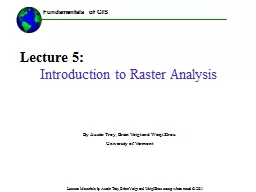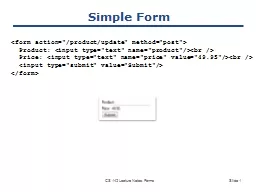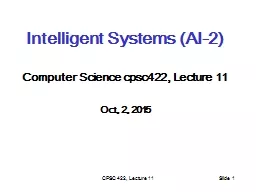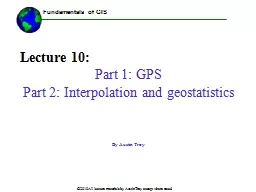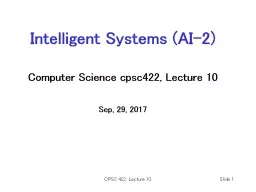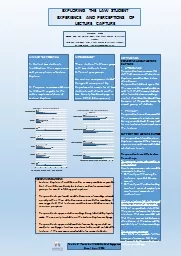PPT-ME 6405 Student Lecture:
Author : yoshiko-marsland | Published Date : 2015-10-16
Transistors Ryan Akin Xin Chen Will Dahlin Thursday October 6 2011 Georgia Institute of Technology Introduction to Transistors Ryan Akin Field Effect and Power
Presentation Embed Code
Download Presentation
Download Presentation The PPT/PDF document "ME 6405 Student Lecture:" is the property of its rightful owner. Permission is granted to download and print the materials on this website for personal, non-commercial use only, and to display it on your personal computer provided you do not modify the materials and that you retain all copyright notices contained in the materials. By downloading content from our website, you accept the terms of this agreement.
ME 6405 Student Lecture:: Transcript
Download Rules Of Document
"ME 6405 Student Lecture:"The content belongs to its owner. You may download and print it for personal use, without modification, and keep all copyright notices. By downloading, you agree to these terms.
Related Documents

